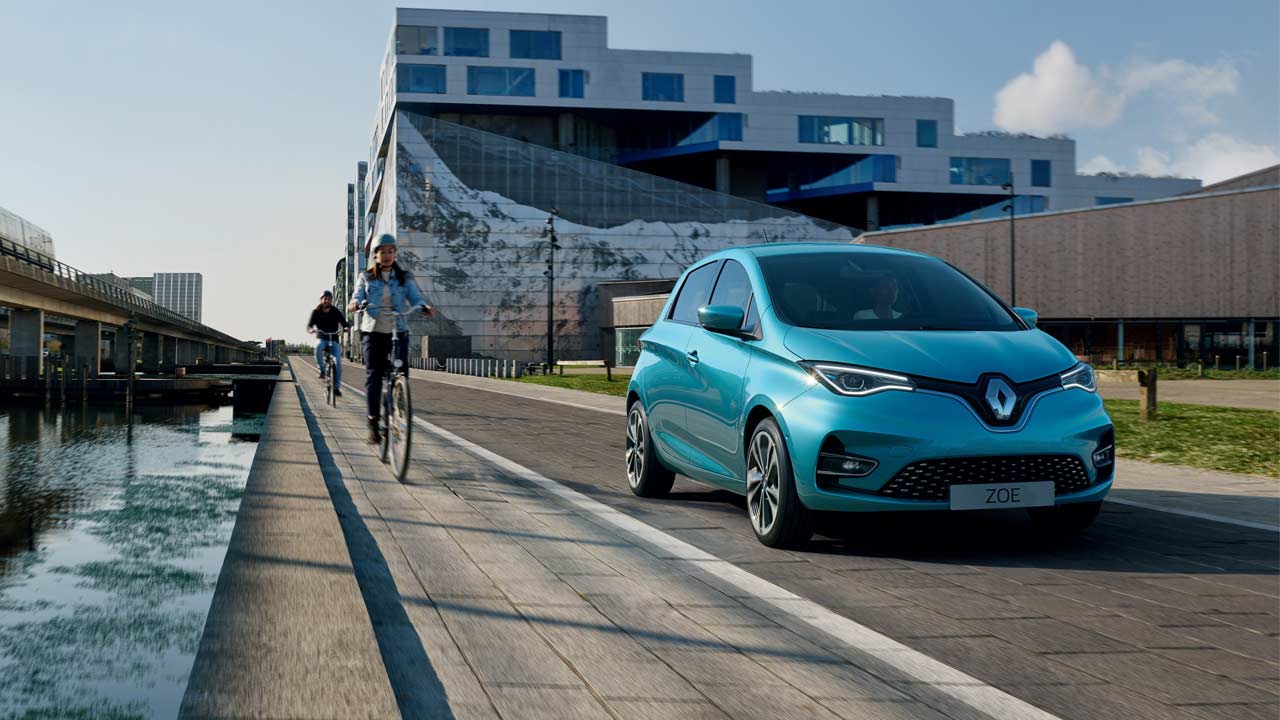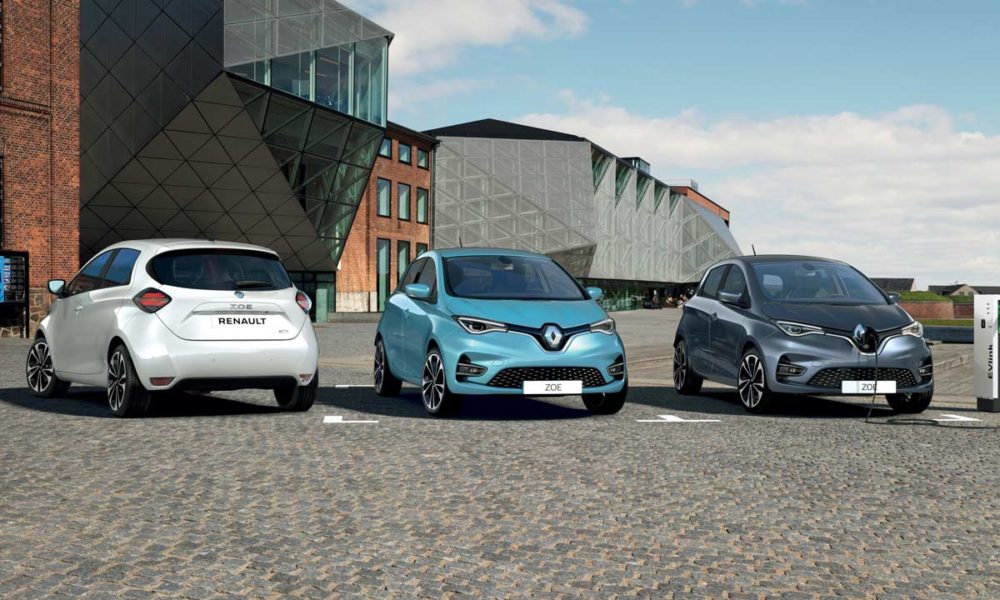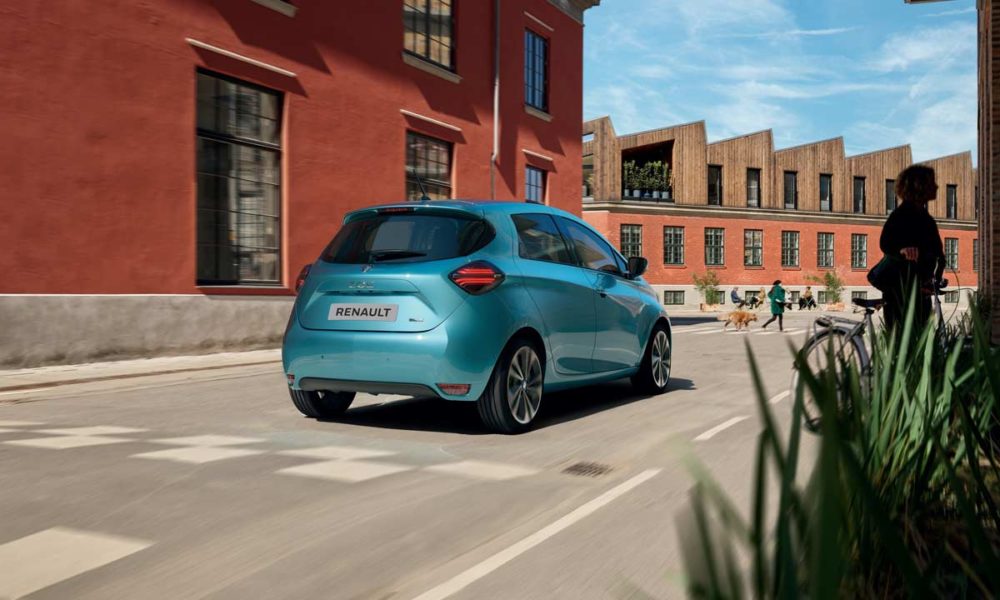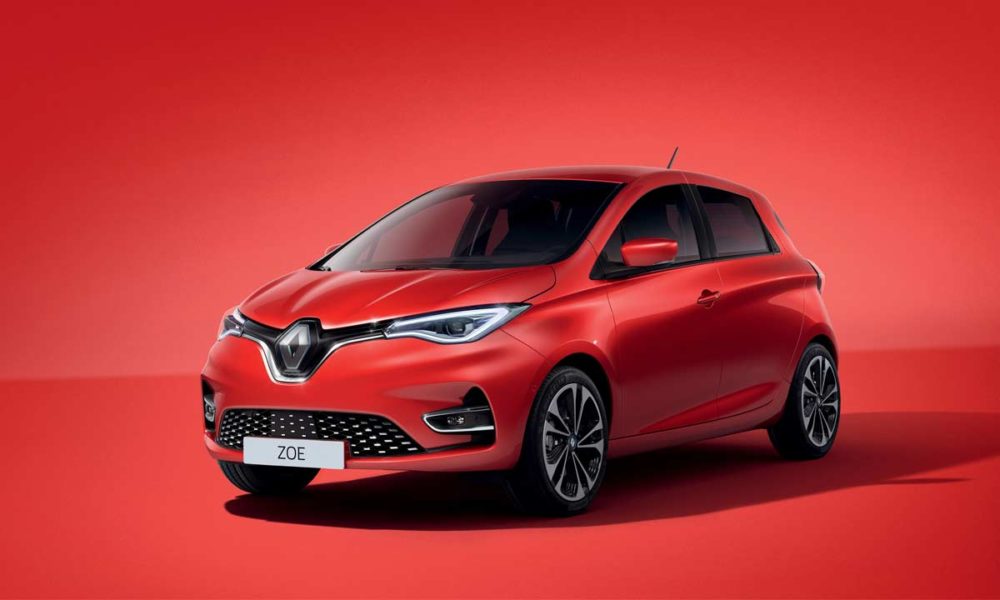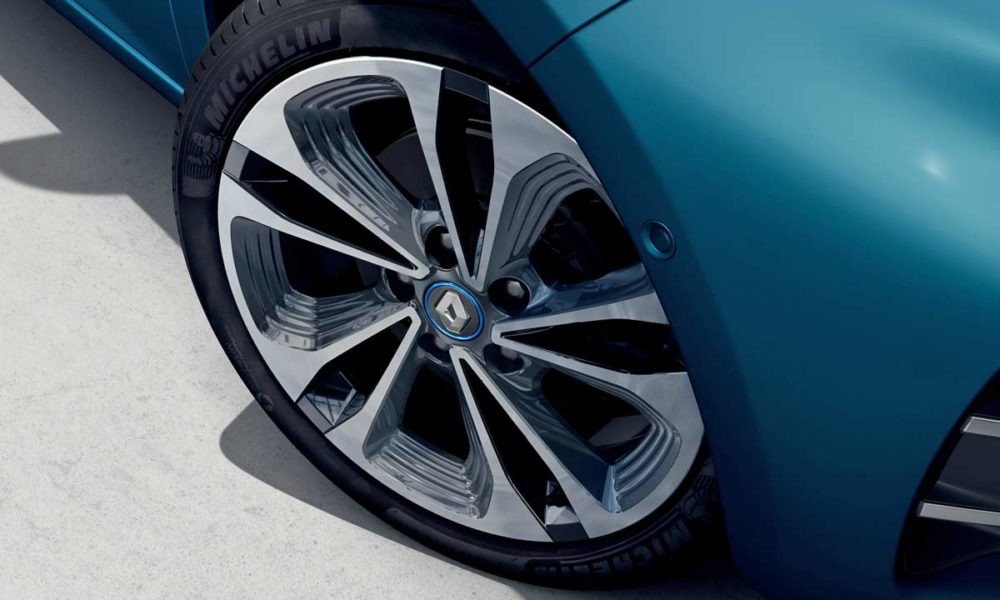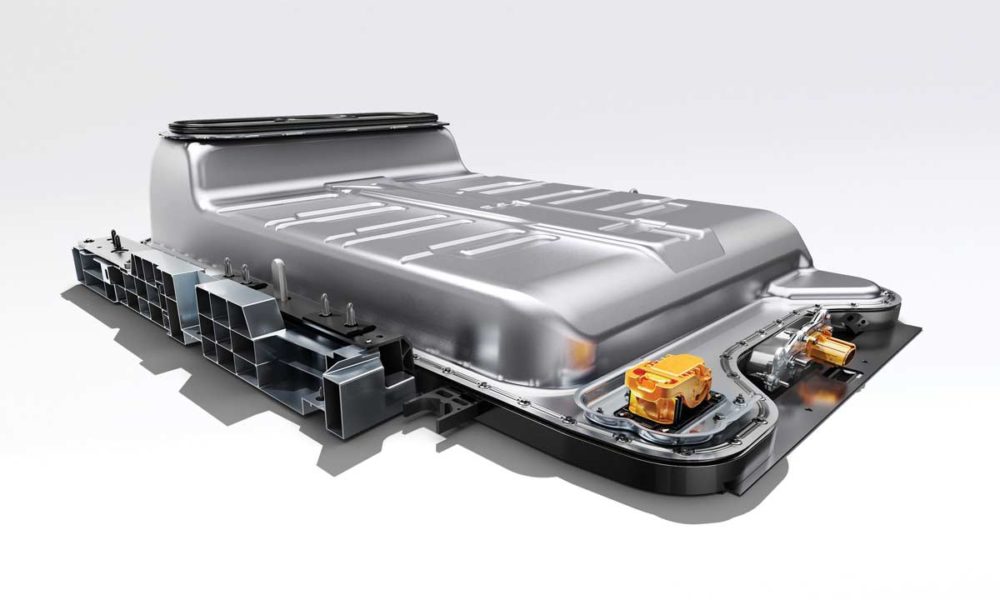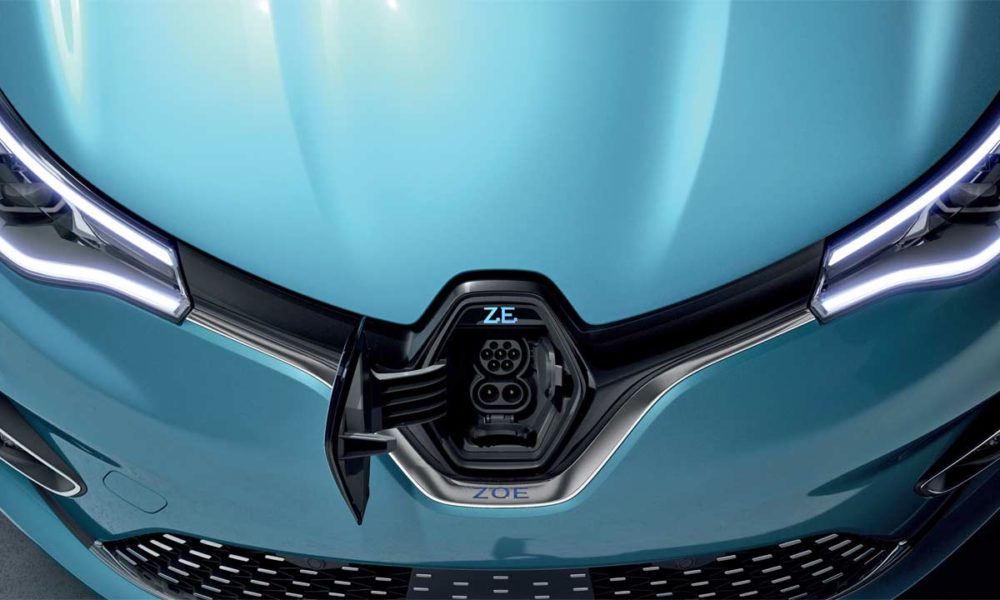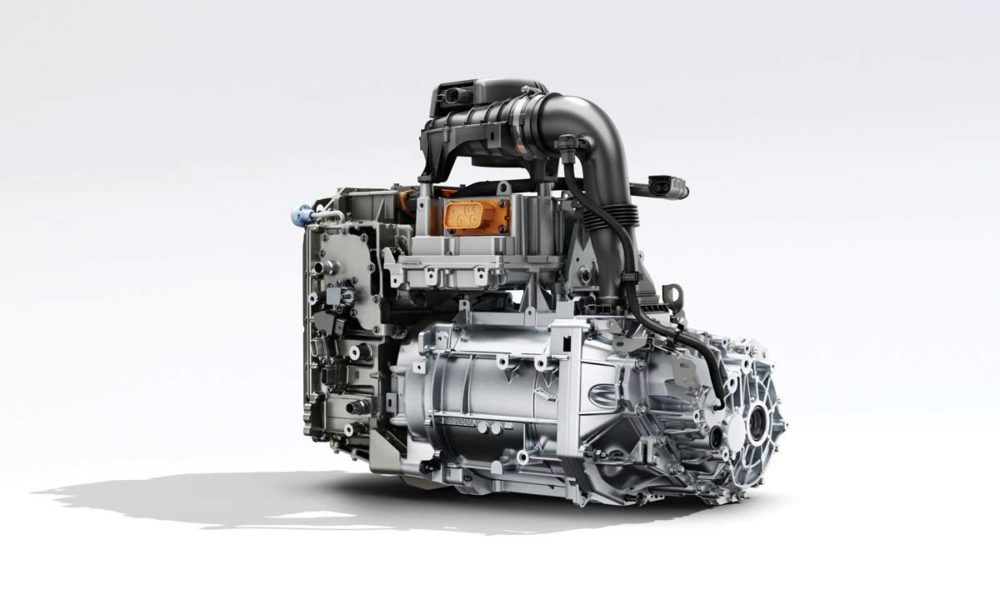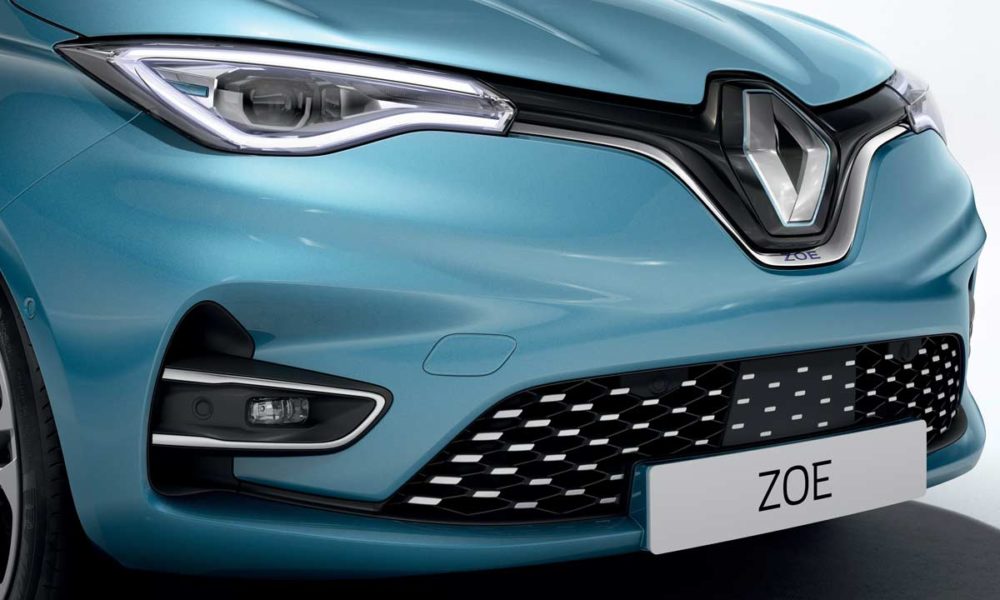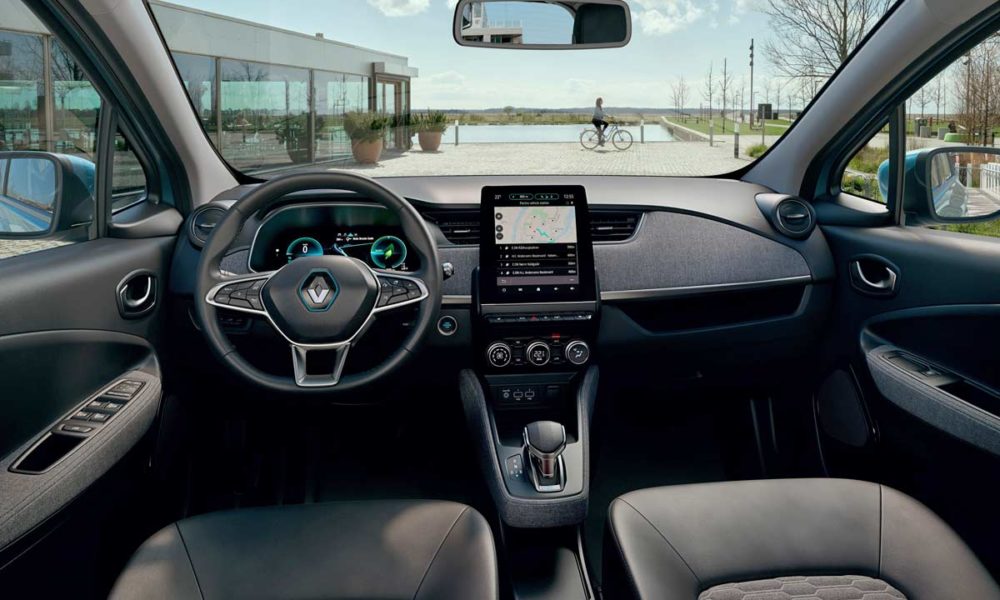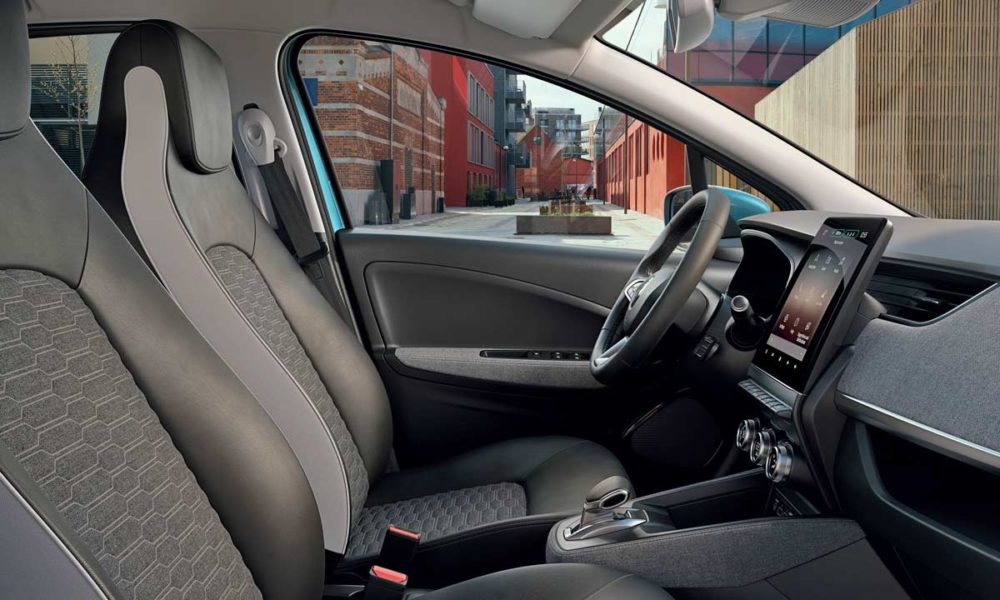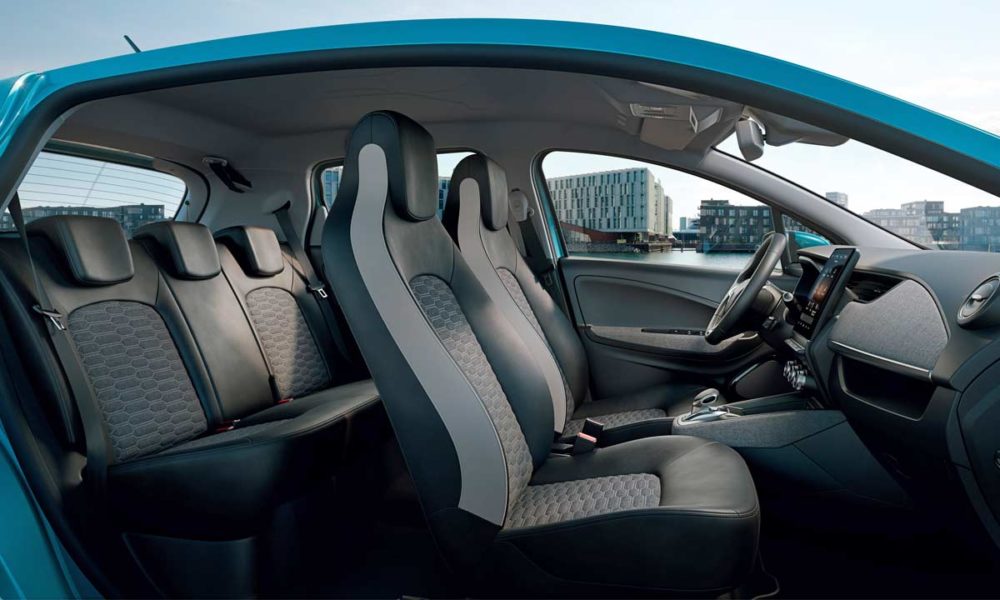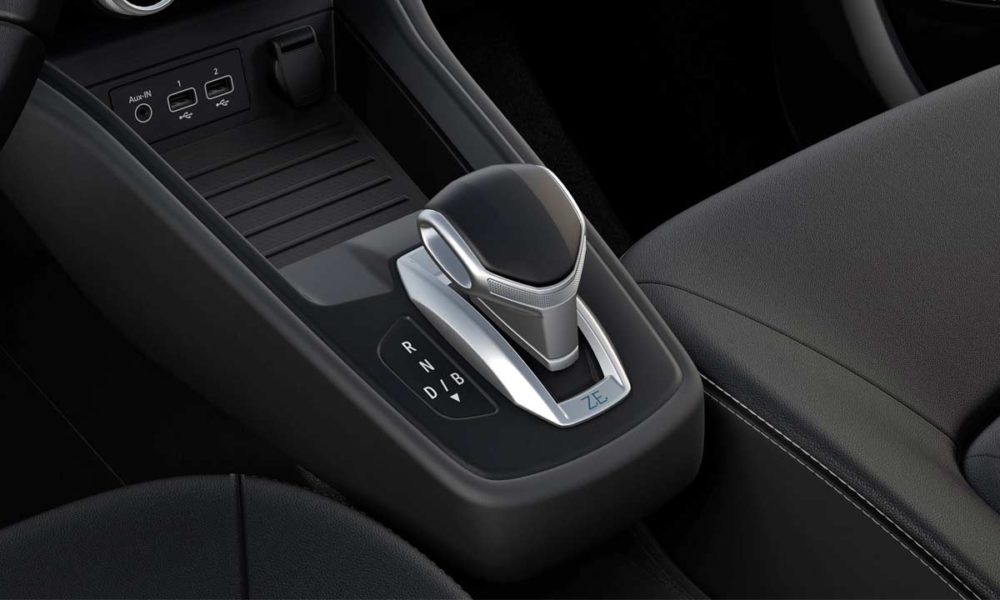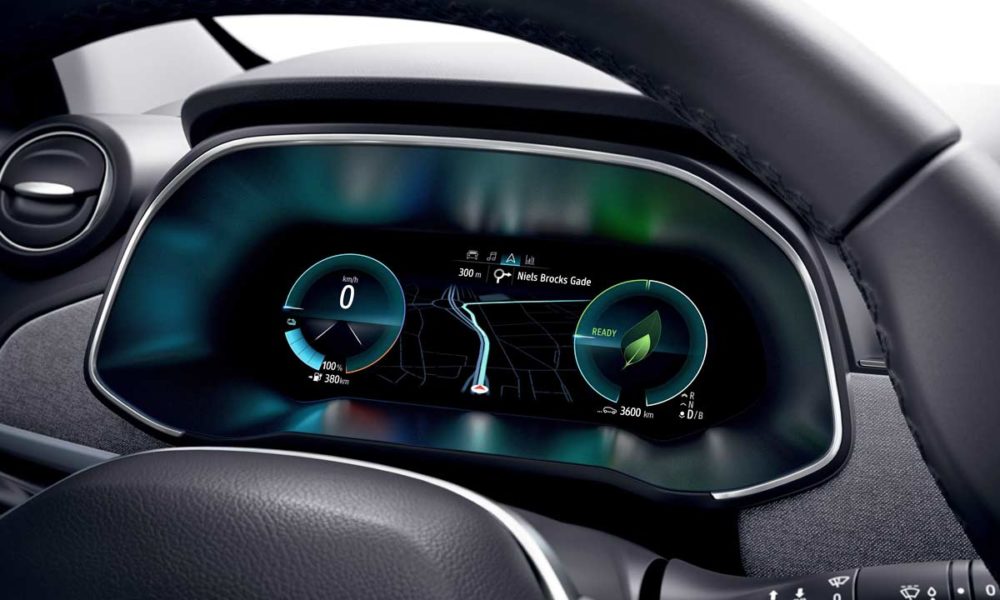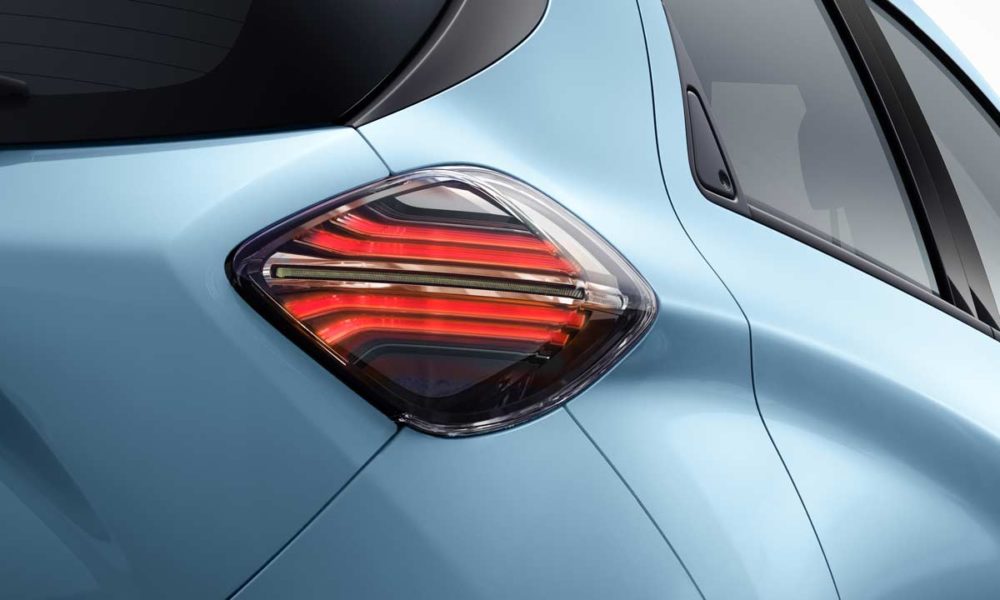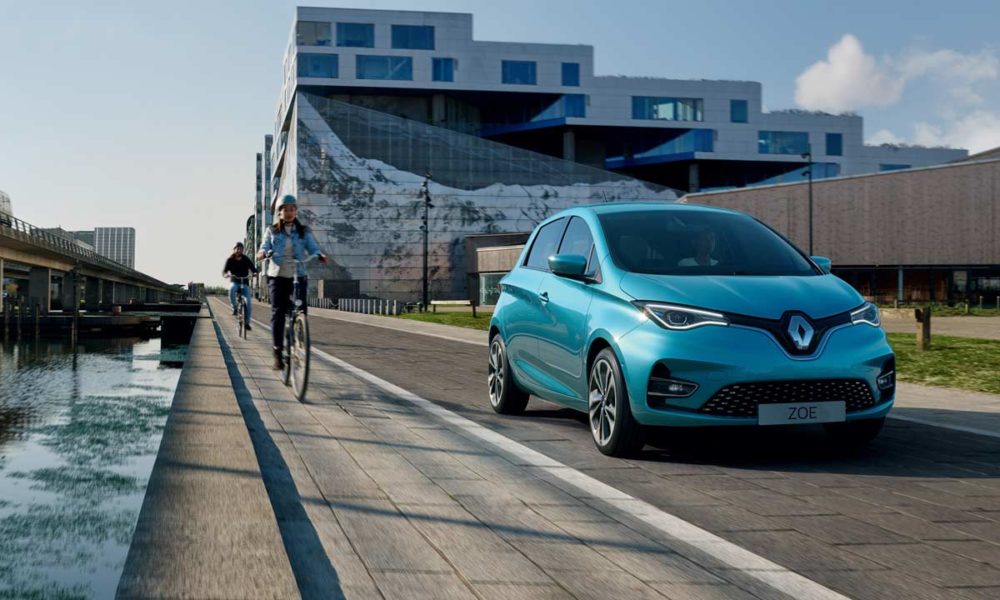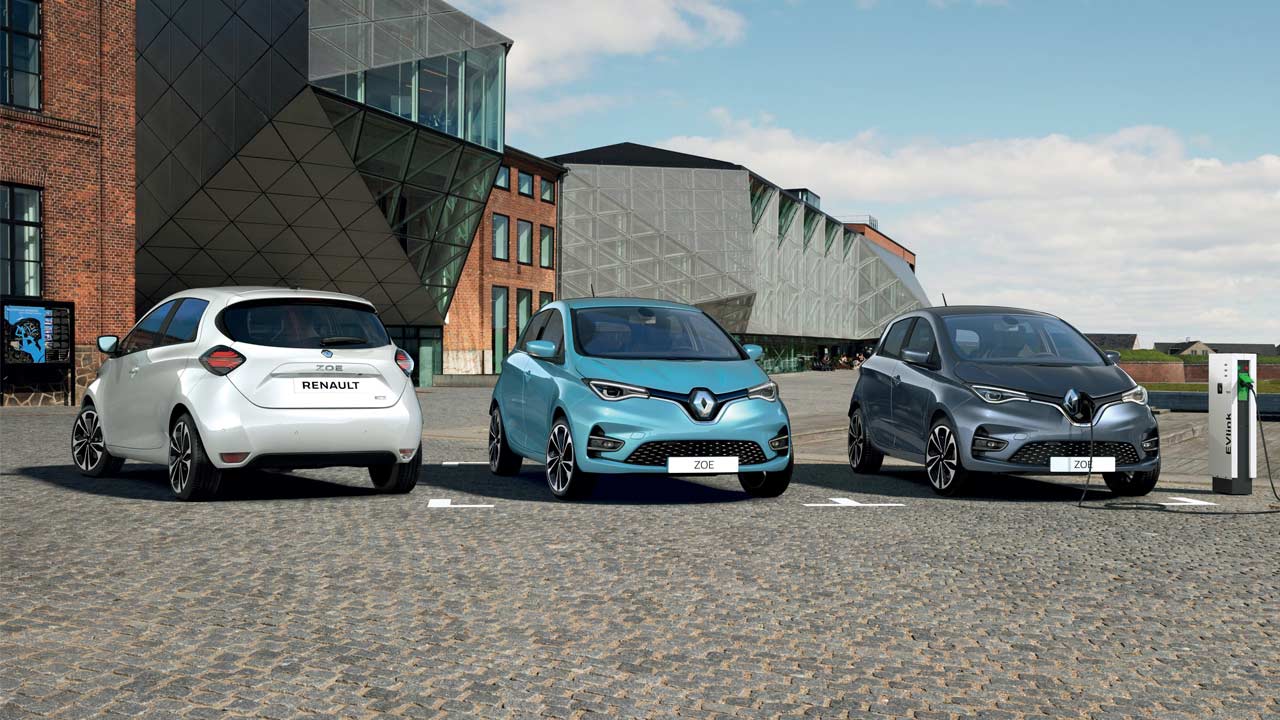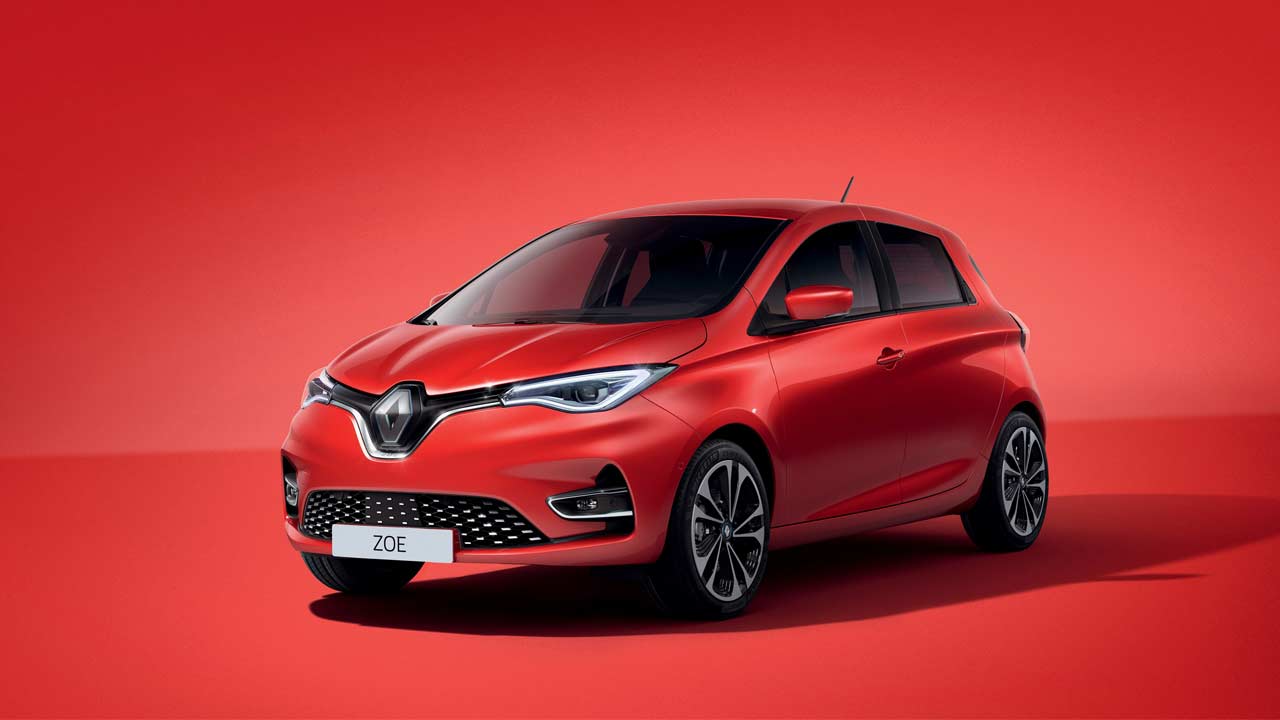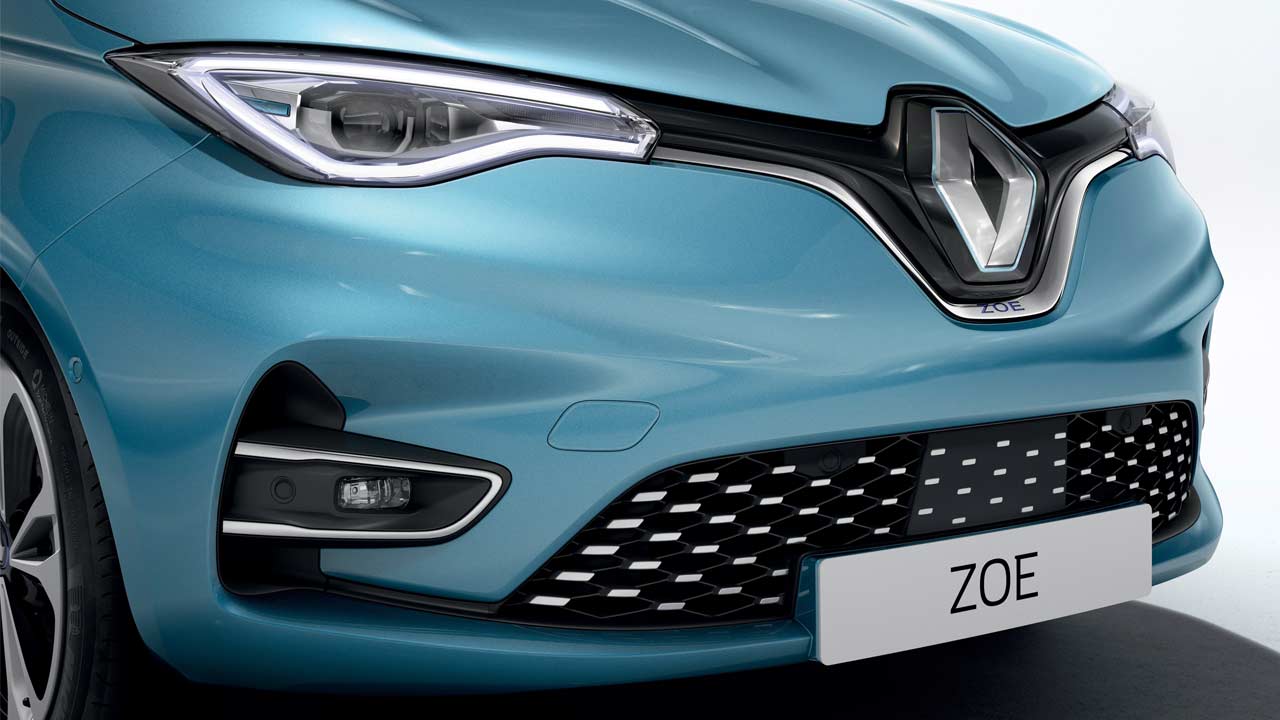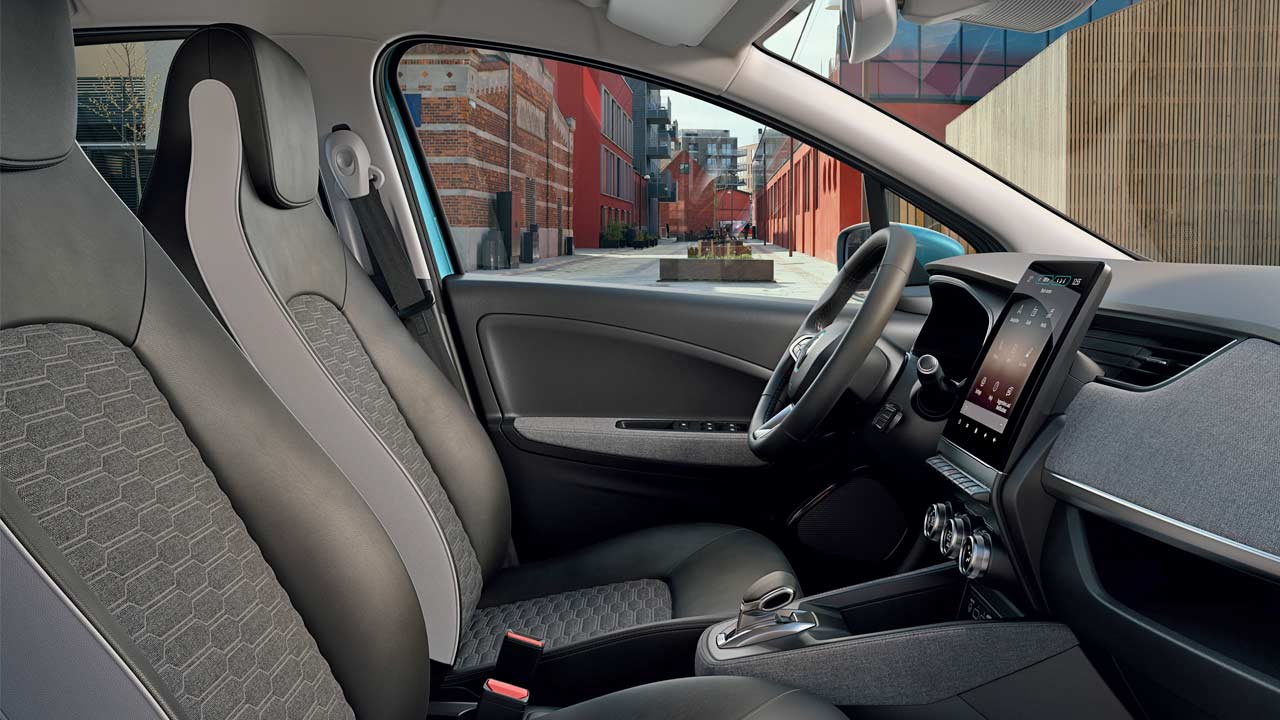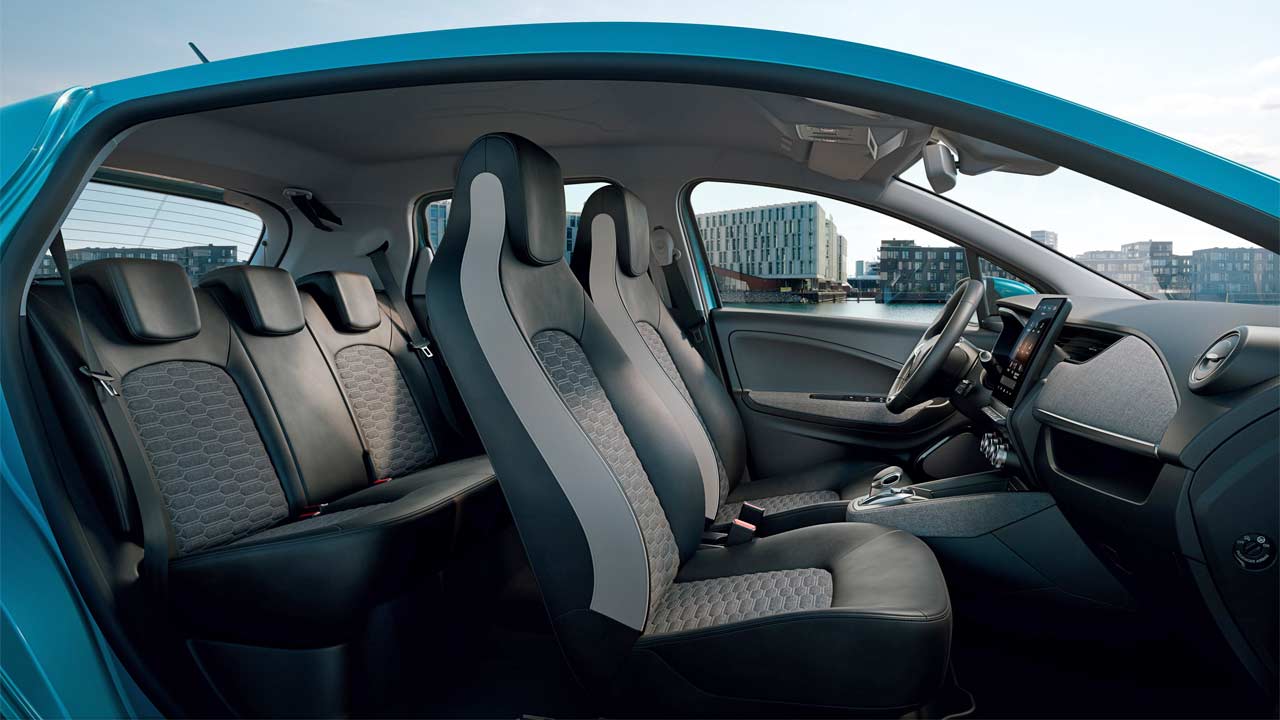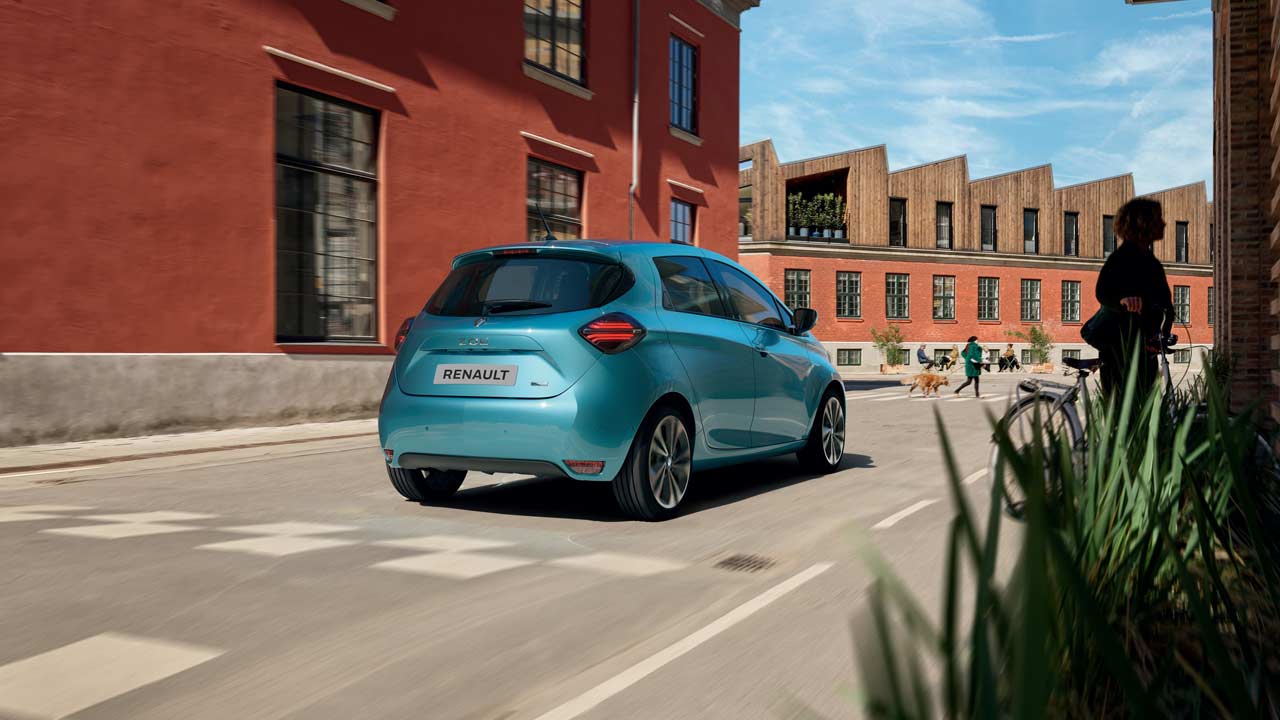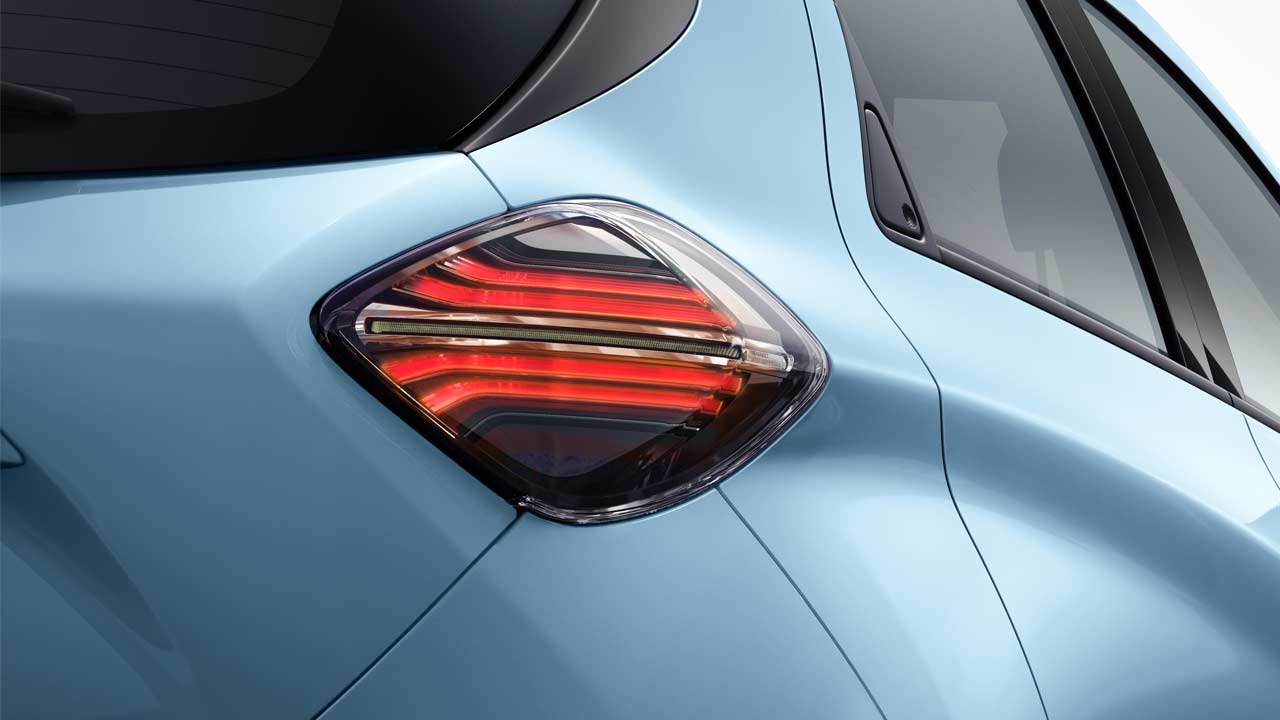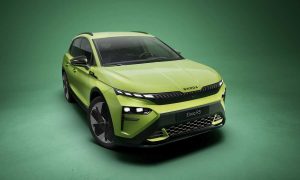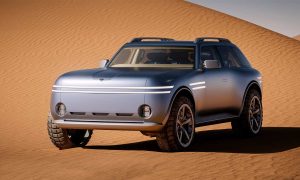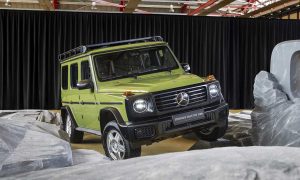One of the best selling EVs in the world, Renault Zoe, has entered its third generation with improvements in design and technology.
While there was no difference whatsoever between the first (2012) and second generation (2016) models in terms of the looks, the fresh face of the 3rd generation might remind you of the Zoe E-Sport concept of 2017. However, the side profile and the rear remain largely unchanged. Features include full-LED headlights with C-shaped DRLs as standard, LED fog lamps, LED taillights with dynamic turn signals, and ORVM-integrated LED turn signals. As before, the front logo doubles as a charging port.
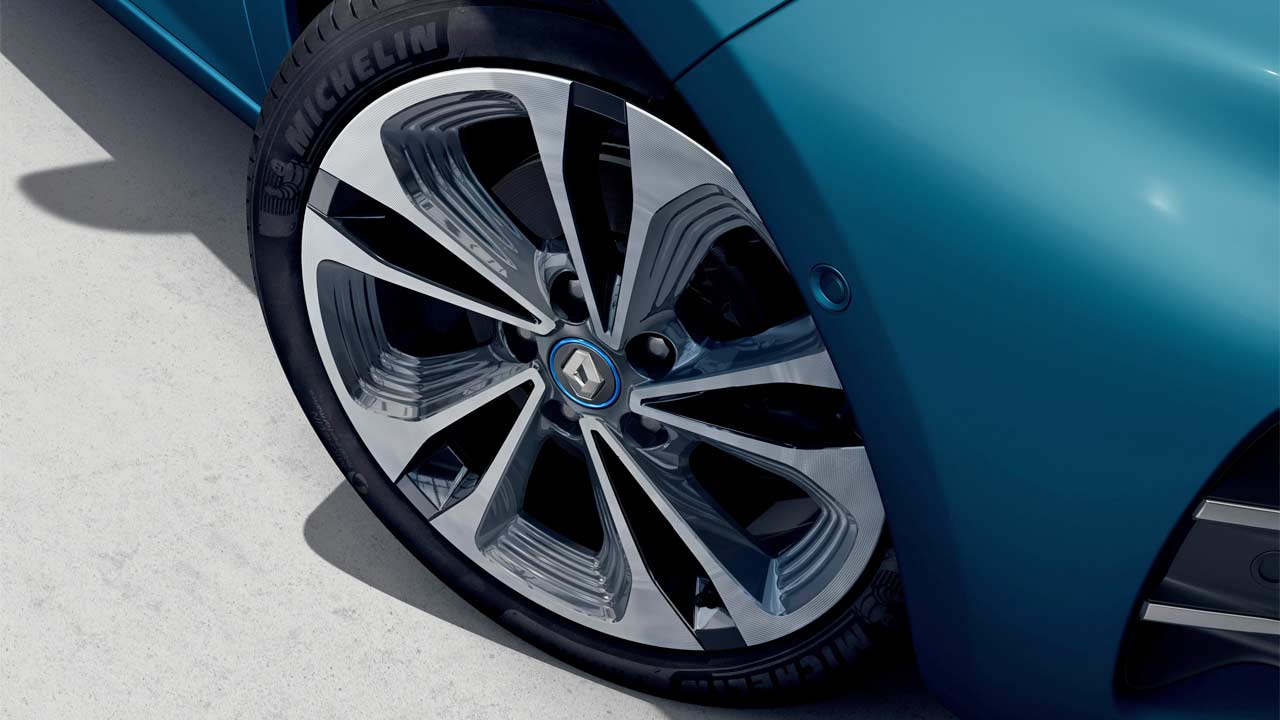 17-inch Jérémie wheels
17-inch Jérémie wheels
The wheel sizes range from 15- to 17-inches. Regardless of the wheel size, all Zoe models get four-wheel disc brakes. The exterior color palette includes 3 new metallic paint finishes – Celadon Blue, Flame Red, and Quartz White, bringing the total to 9.
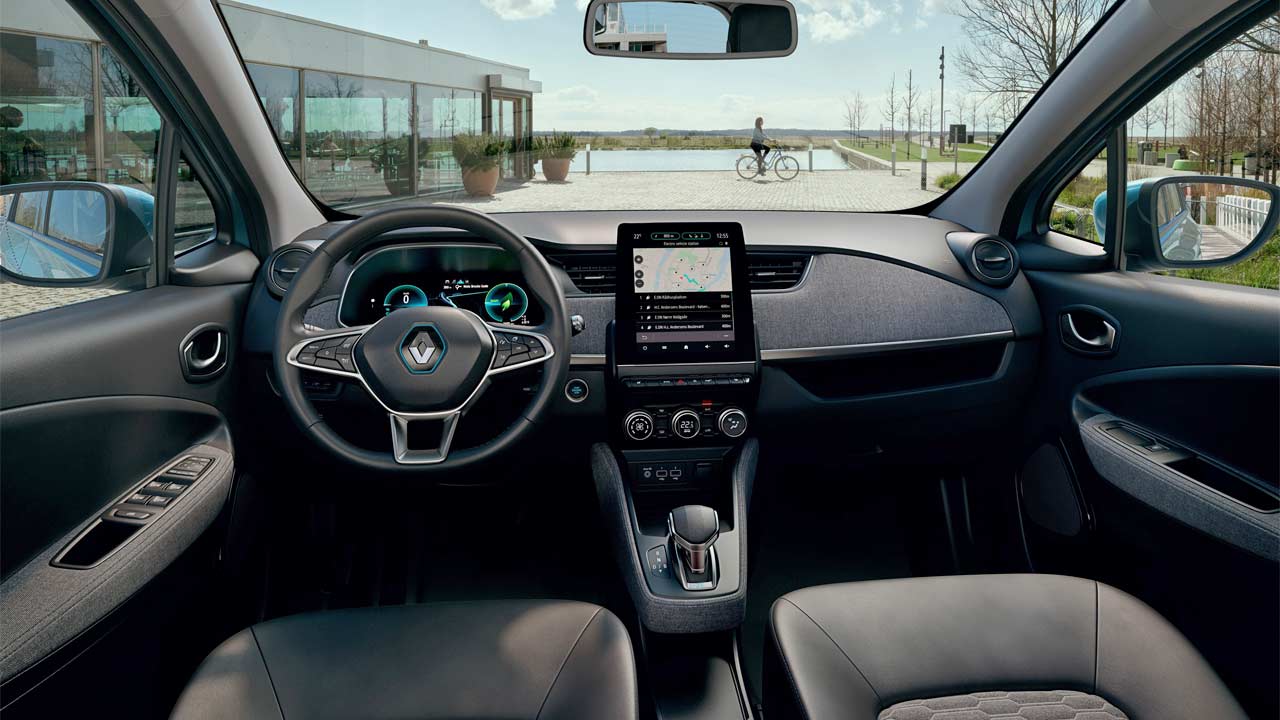
The interior layout might remind you of the new Clio that we saw earlier this year. The 10-inch TFT instrument cluster in front of the driver is standard across the range, while certain models get a 9.3-inch portrait-style touchscreen that is compatible with Apple CarPlay and Android Auto. The temperature control knobs have displays built into it and have polished chrome finishing. The upholstery is made from recycled materials; the fabric is made from safety belt scrap and plastic waste.
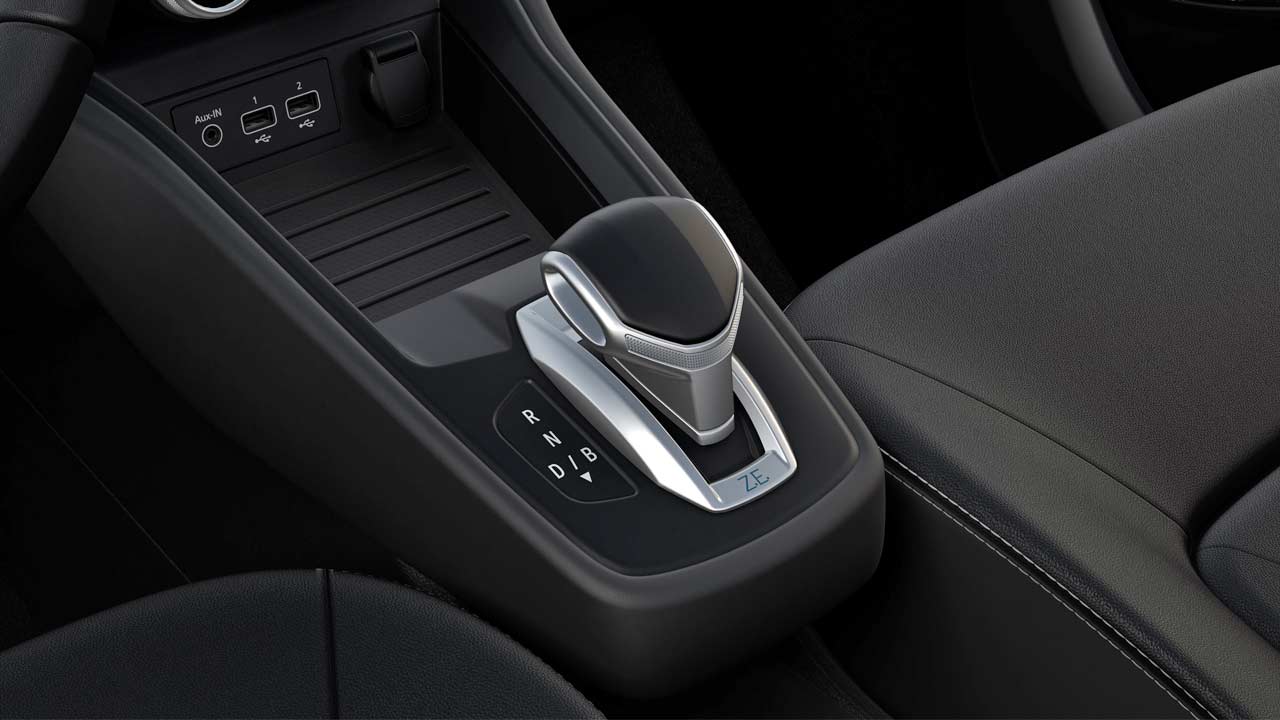
The centre console has been raised up for better ergonomics and houses a new e-shifter lever. The B and D modes are to select how much deceleration you want; the former decelerates significantly faster as soon as the foot is lifted off the pedal, reducing the need to use the brake pedal.
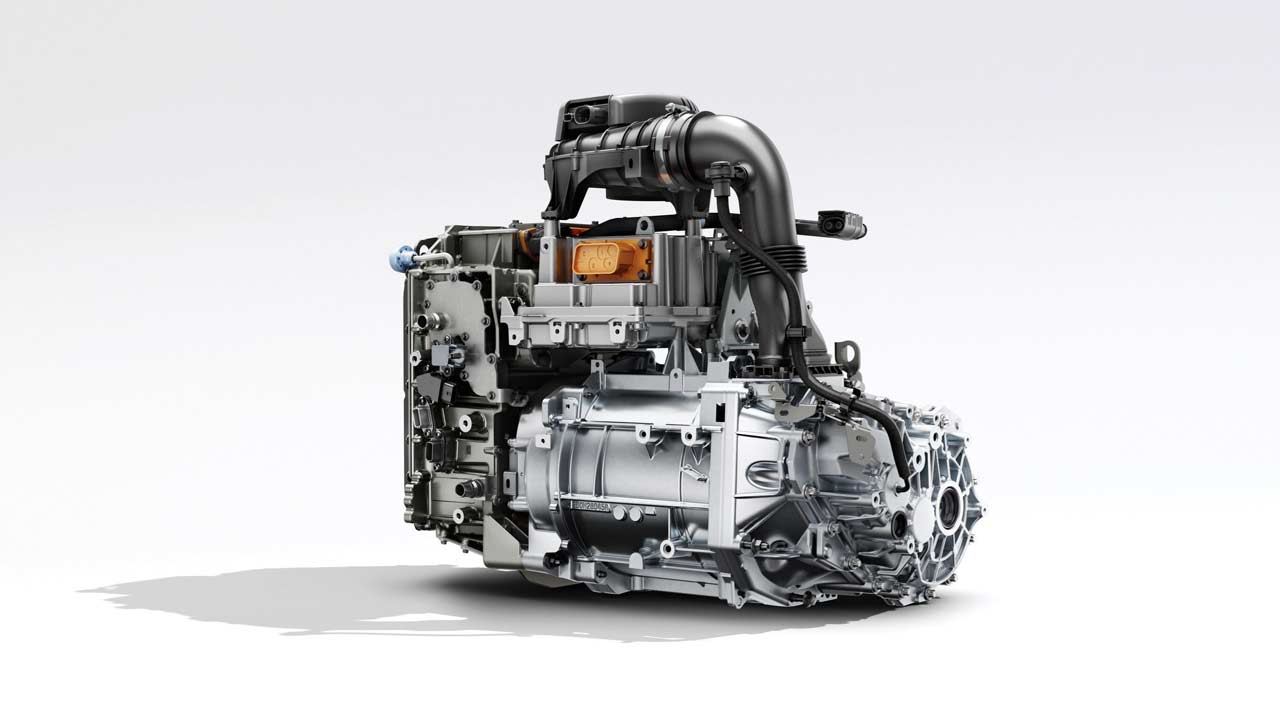
Along with the 80 kW R110 motor that was introduced last year, the Zoe now gets a powerful R135 motor that offers 100 kW (136 hp) and 245 Nm (181 lb-ft) of torque that allows the EV to sprint from 0-100 km/h (62 mph) in less than 10 seconds and onto a top speed of 140 km/h (87 mph), apparently. An 80-120 km/h (50-74 mph) acceleration is claimed to take 7.1 seconds — 2.2 seconds faster than the R110.
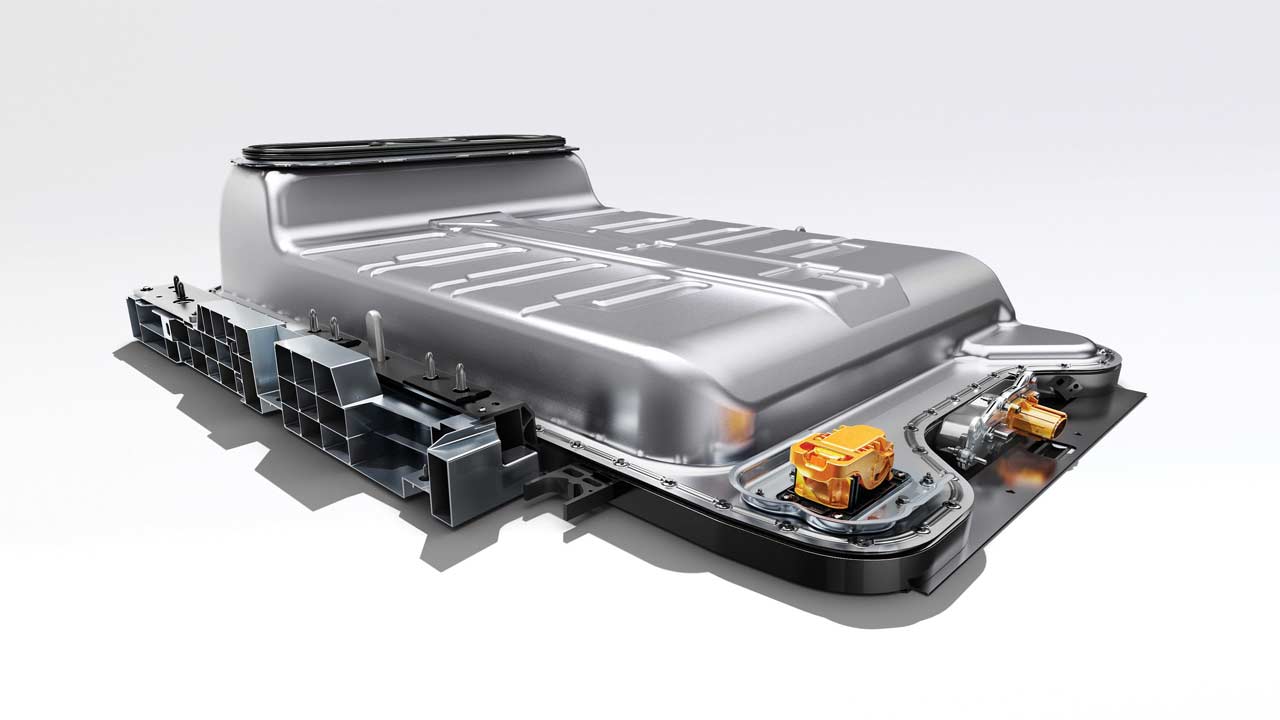
The battery capacity is also up from 41 kWh to 52 kWh, offering a range of up to 390 km (242 mi) as per WLTP. As for charging, the Zoe is equipped with a new Combo plug (CCS) that is slightly larger than the previous plug and consists of both European standard socket and a two-pin connector for DC charging (up to 50 kW).
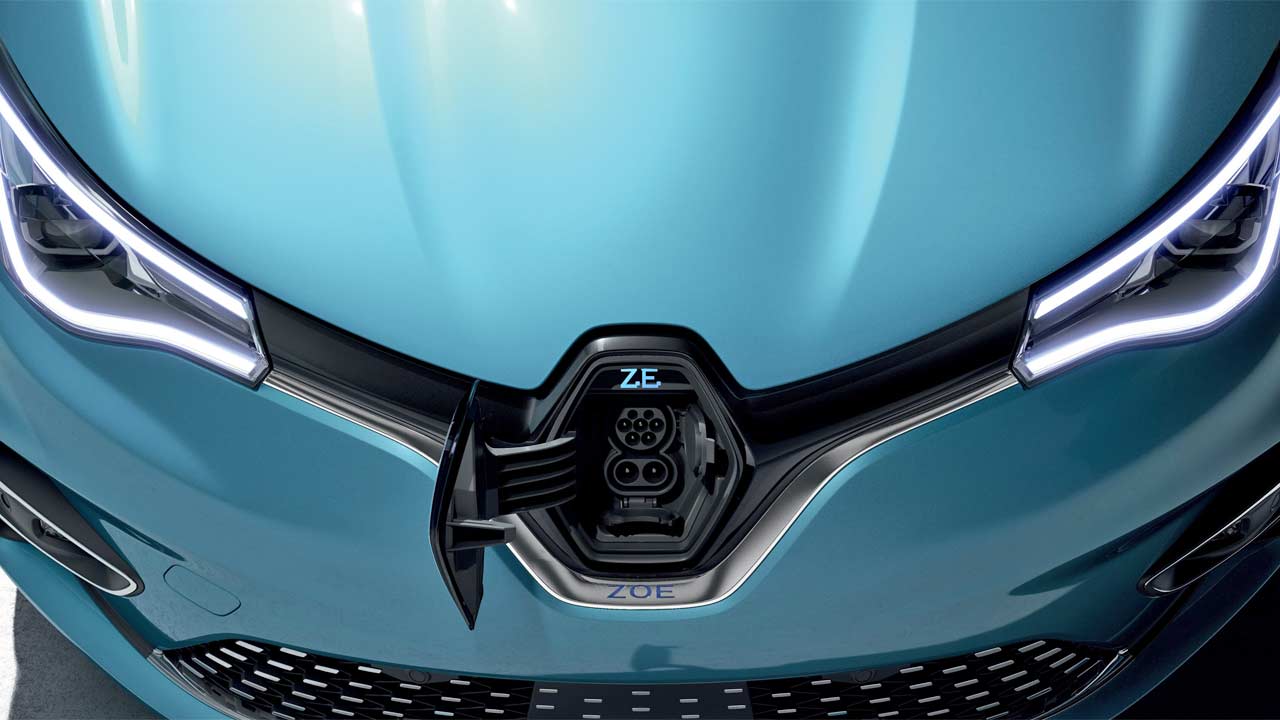
With a 7 kW Wallbox, the new Zoe can charge from 0 to 100% in 9 hours and 25 minutes, while plugging into a public 22 kW roadside charger is claimed to deliver 125 km (77 mi) of range in one hour. The aforementioned DC charging can add 145 km (90 mi) of range in half an hour, apparently.
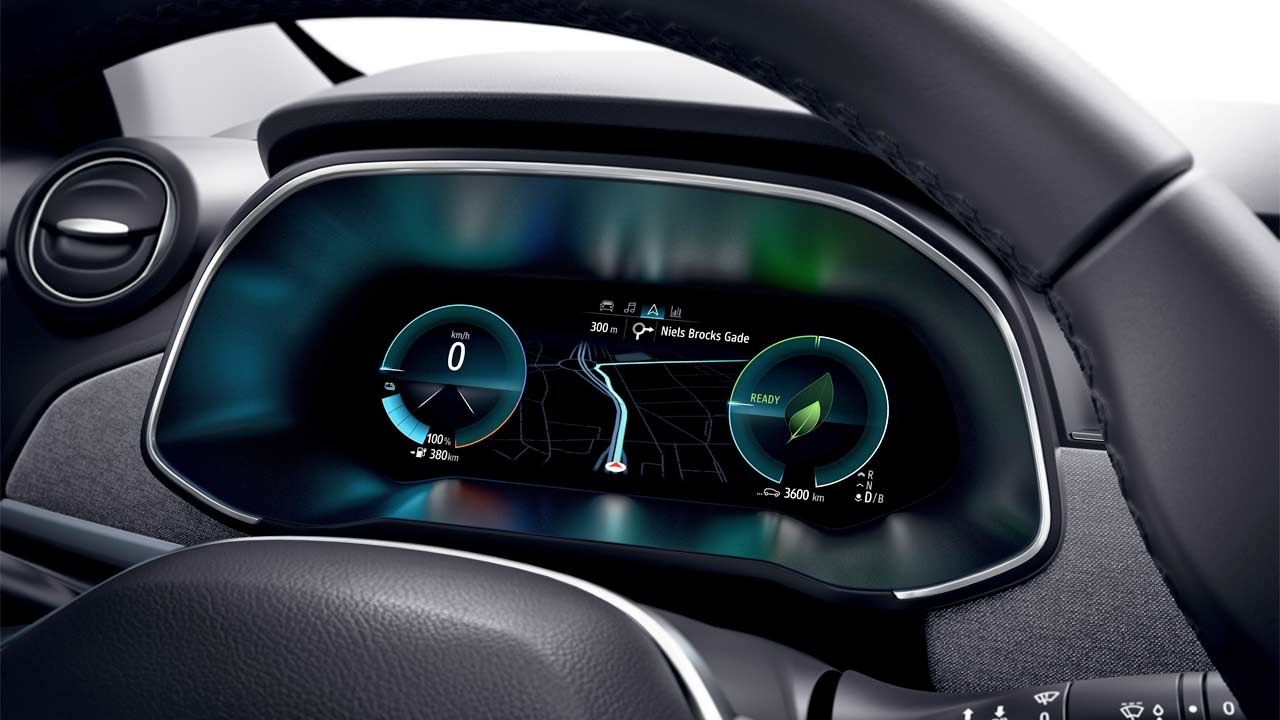 Standard 10-inch driver display with eco-meter
Standard 10-inch driver display with eco-meter
Safety and assistance systems include Active Emergency Braking System (AEBS), Lane Departure Warning (LDW), Lane Keeping Assist (LKA), Traffic Sign Recognition (TSR), Blind Spot Monitoring (BSM) and Auto High/Low beam headlamps (AHL).
18.2% market share in Europe in 2018. With nearly 40,000 new registrations, ZOE accounts for nearly one in five electric cars sold on the continent. It is number one in sales in Germany, Spain, and France, where it achieved a 54.9% market share over the year.
The new Zoe will be available at the end of 2019 in all the European countries in which it is on sale. By 2022, Renault plans to double Zoe’s production capacity at the company’s plant in Flins, near Paris.

Leave a Reply
Note: Comments that are unrelated to the post above get automatically filtered into the trash bin.
